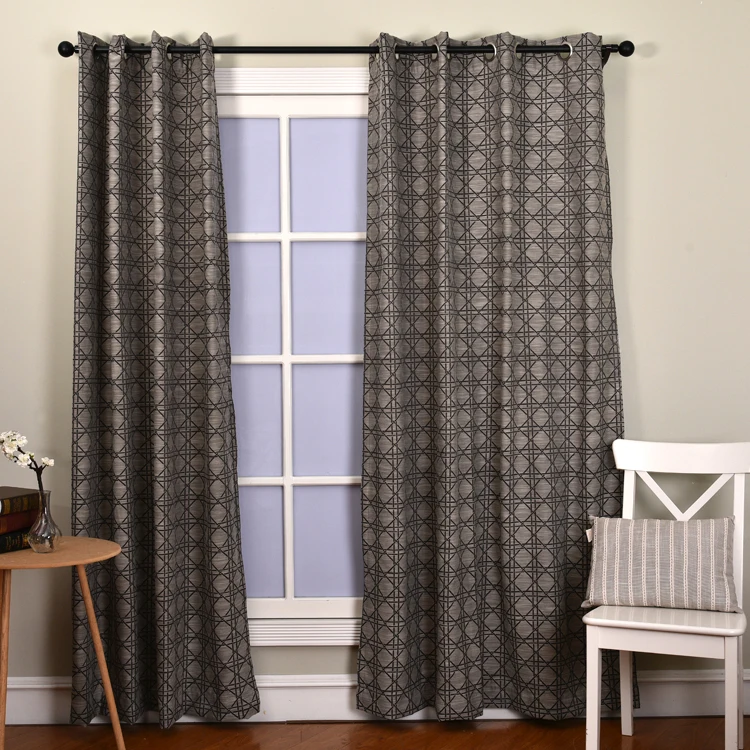


Our specialty is privacy curtains, which provide partitions for cubicles and patient room areas. The purpose of this debate is to enable hospital facilities teams, ward managers and other healthcare professionals to make an informed decision on which offers the best solution to their needs.We provide our customers with over 3,000 color and fabric combination choices to make sure we can fit the needs of healthcare institutions ordering curtains for a variety of purposes.
#Hospital bed screen curtain series#
This article is one of a series published by Nojerm, comparing the features and benefits of hospital curtains and medical privacy screens.

The reduced gap between the panels and the floor, combined with CleanScreen’s multi-layered panel construction, means the system places excellent sound-deadening qualities at the heights where it is most needed. The system’s rigid panels and lockable castors prevent any gaps from appearing in the visual barrier, even in confined spaces. Medical Privacy Screens such as CleanScreen from Nojerm are constructed from solid panels that offer 100% opacity, even when backlit.ĬleanScreen mobile screens are raised just 90 mm (just over 3.5 inches) from the floor, leaving ample space for floor cleaning yet presenting no trip hazard, and optimising patient privacy. Hospital curtains are primarily designed as a lightweight visual barrier and as such have poor sound-muffling properties, as anyone who has been an in-patient on an open ward will confirm.įrom conversations between patients and medical staff to the audible bodily functions of the bed-bound, this lack of privacy causes embarrassment and discomfort on both sides of the curtain. Curtains are designed to be temporarily drawn to one side by staff entering and leaving a cubicle, but staff or equipment brushing against the curtain in a confined space can accidentally create a gap in the curtain. While hospital curtain fabrics are reasonably good at blocking light they aren’t entirely opaque and strong backlighting – for example, from a window or reading light – can create unwanted silhouettes. However, this will reduce the patient’s privacy, which may also be compromised by: Low-hanging curtains are also an obstacle to floor cleaning and polishing equipment.When medical teams need to quickly address a medical emergency, they don’t want trailing curtain fabric getting entangled with bed wheels or the castors on freestanding medical equipment.Conventional hospital curtains are certainly a step in the right direction, but are they enough? How Private Are Hospital Curtains?Ĭeiling-suspended hospital curtains are generally installed with a gap of 9 – 15 inches between the bottom of the curtain and the floor, presumably for reasons of practicality. Privacy when dressing, attending to personal hygiene or receiving care confidentiality when discussing their condition and treatments with medical staff, and dignity when in suffering or during their last hours.īut the widespread use of open, multiple-bed wards means that ensuring this privacy is often a challenge for ward managers.

Every patient has a right to expect a reasonable level of privacy, confidentiality and dignity while they are in NHS care.


 0 kommentar(er)
0 kommentar(er)
